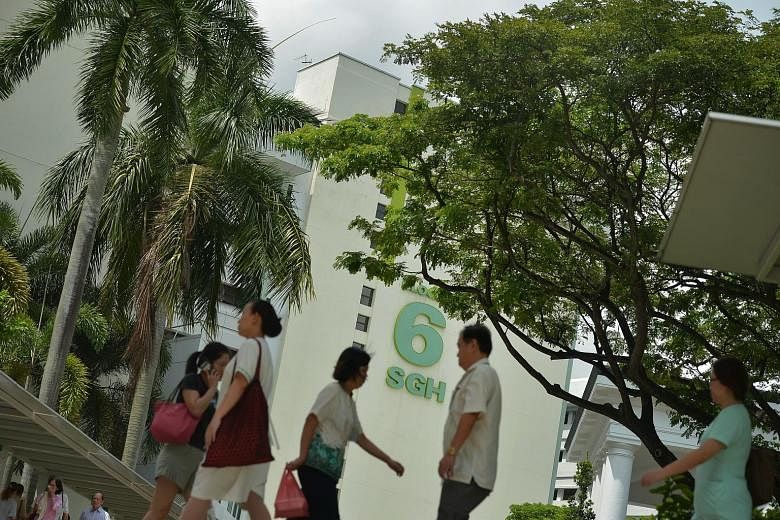The hepatitis C outbreak at the Singapore General Hospital (SGH) has been a blow not only to the patients affected, but also to all of Singapore.
The revelation that unhygienic practices at one of the country's two tertiary hospitals resulted in 25 infected patients and possibly seven deaths, affects the image of the whole healthcare system.
That this happened in a renal ward makes it so much worse, as such wards house patients at the highest risk of infection.
Singapore has been promoting itself as a medical hub, citing its safe blood and hygiene practices.
Patients pay more to come here, instead of seeking cheaper medical services in neighbouring countries, because they trust the Singapore brand.
Now, that brand has taken a hit.
Inevitably, people will wonder: If it can happen at one of Singapore's largest and oldest hospitals, can it happen elsewhere, too?
That's a pity as, overall, healthcare here is very good.
Singapore has highly qualified and experienced doctors and nurses, who do care very much for the patients they look after.
This must also be true of the doctors and nurses working in SGH's renal wards, 64A and 67, where the infections took place.
Singapore's chief nursing officer, Ms Tan Soh Chin, said on the Ministry of Health's Facebook page the day after the report by the independent review committee (IRC) was released:
"In the next few days and weeks, it will be a very tough and difficult period for nursing and especially CN Tracy (Dr Tracy Ayre, SGH's chief nursing officer) and her team in SGH."
Certainly, the spotlight will be on Singapore's 38,000 nurses and 12,000 doctors.
Is this fair? Of course not.
Unfortunately, the doctors and nurses at SGH's Ward 64A and Ward 67 were found to have poor hygiene practices and were not adhering to protocols set up by the hospital to avoid just such an outbreak.
They deviated from protocol and caused the infection, and so, they are guilty. Or are they?
Singapore faces a shortage of doctors and nurses. This is a known fact and has been the case for some years.
Having protocols is well and good. But to be fair to our nurses, there is only so much they can do when they are told they have to uphold these standards all the time, while we are also demanding that they have to take care of so many patients, and do it all within a set amount of time.
We need to ask: How realistic are the demands we make on healthcare workers?
They are not superhuman. They get tired too.
When people are tired and rushed off their feet, things can go wrong.
Unfortunately, in a hospital, when things go wrong, they can go wrong very badly - as in this case.
And yes, Singapore and SGH must now ensure that this does not recur. Infection control must be strengthened.
But how it is done is equally important.
There is little point in putting in many more layers of prevention, making it even more difficult for staff, unless these measures are really necessary and possible to be carried out in the real working environment.
The IRC pointed out that the layout of Ward 67 - where the bulk of the infections occurred - added to the work of staff as the preparation room was at one end of a long corridor, and not centrally located as it was in Ward 64A.
Enhancing the environment to reduce unnecessary work would be a good start.
Another possibility is to streamline some of the work. Medical carts and trolleys have to be properly cleaned between patients, and before they are pushed into the "clean" preparation room. A cursory wipe with antiseptic is obviously not enough.
But is it absolutely necessary for a nurse to do it?
Perhaps it might be better that such trolleys, once used, be pushed into a cleaning room where housekeeping staff can do a thorough job. Meanwhile, nurses can use a fresh trolley for the next patient.
This would mean having a far larger supply of such trolleys - but surely that is a minor investment for such a major benefit.
Looking for newer and better ways of doing things would do more to restore confidence than hospitals saying they will intensify checks and monitoring systems.
Simply doing even more of the same is unlikely to reassure the public and win confidence.
After all, SGH had already been strengthening its infection control before the checks by the IRC. And still, there were notable lapses.
Shortage of staff is something the healthcare system will continue to face in the foreseeable future. We need robust systems that work around this problem.
No doubt, there will be some finger-pointing following this unfortunate incident. But we need to go beyond that, to make sure that something positive emerges from the episode in the long term.


